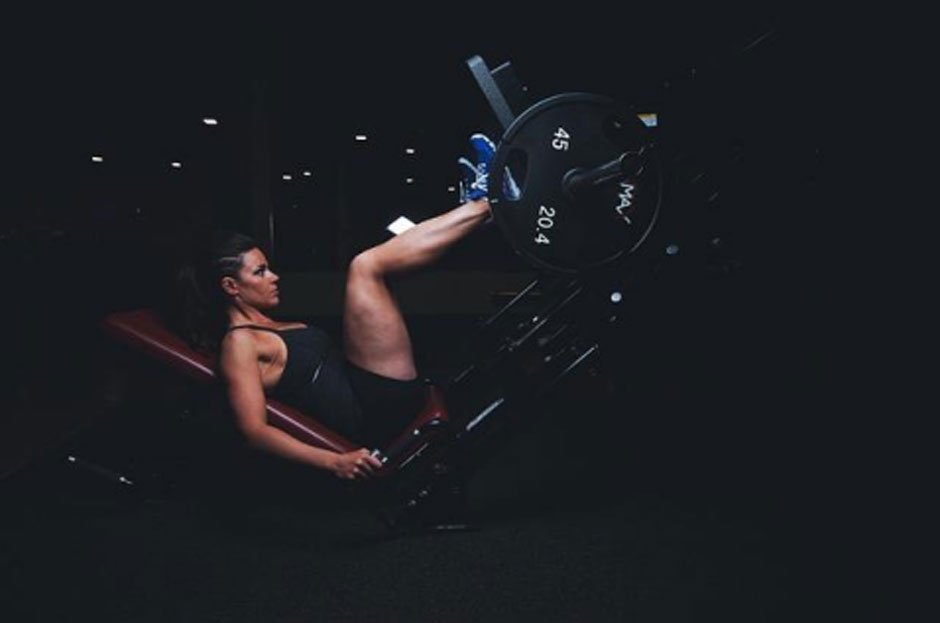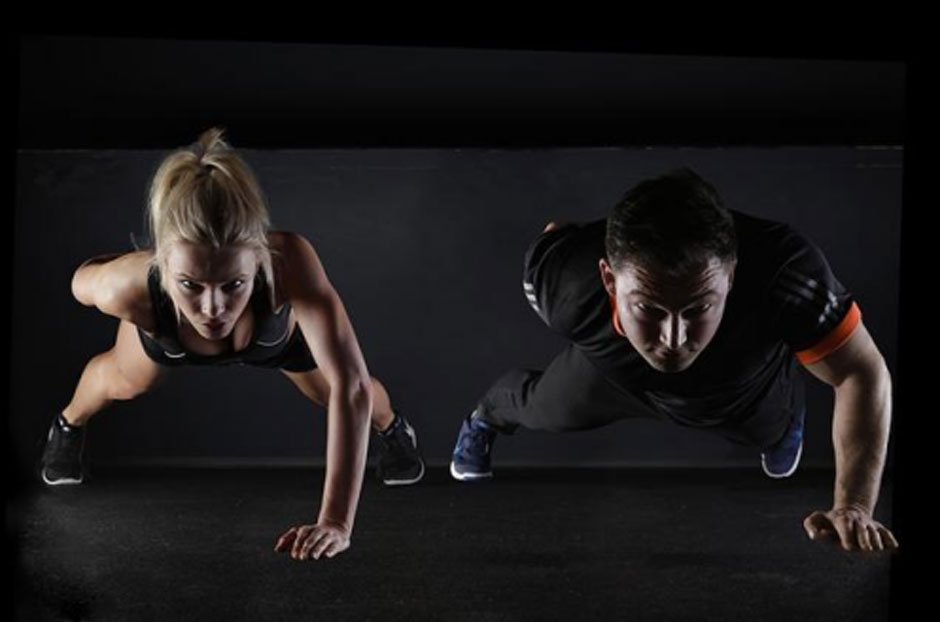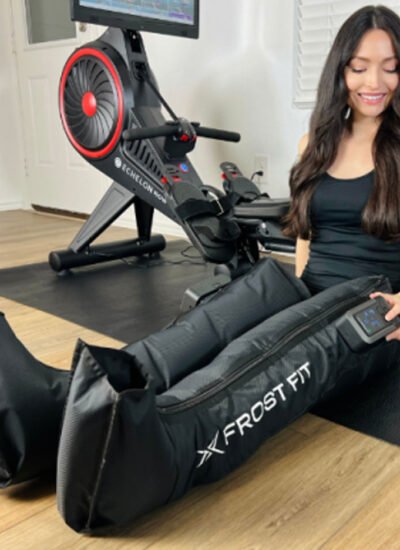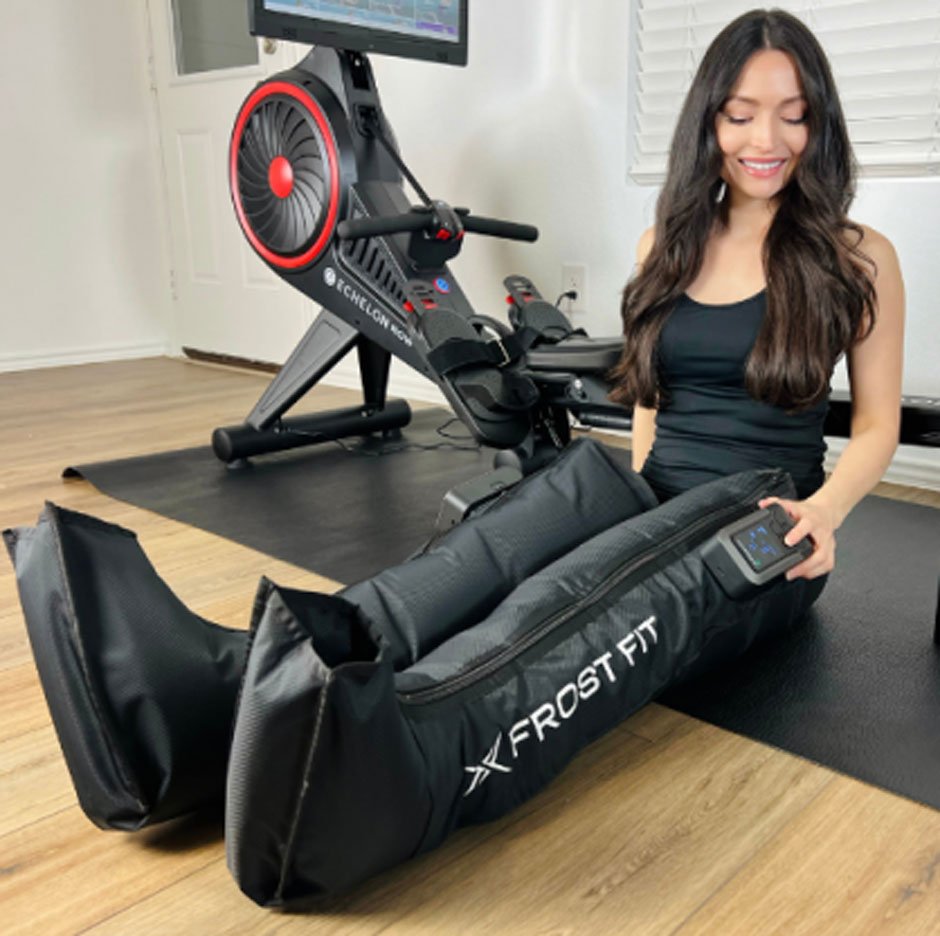Fatigue is a normal consequence of strenuous workouts. But if you’re a professional athlete or fitness freak, intense physical exhaustion can lead to extended downtime and adversely impact your athletic performance.
Post-workout fatigue may also present as mental slumps, causing a significant decline in cognitive functioning on and off the field. This type of exhaustion can impair your attention span, reaction time, and decision-making skills.
While workout fatigue tends to improve with time, you don’t have to wait it out. Not when you can expedite the healing process with recovery legs.
In this post, we uncover what recovery legs are and how they accelerate post-workout muscle rejuvenation by increasing blood circulation.
What Are Recovery Legs?
Recovery legs are inflatable fabric garments that wrap around the legs, usually from the feet to the thighs, designed to boost blood circulation around these areas. They’re more commonly known as recovery wraps or compression boots.
Whether you’re a professional athlete or only hit the gym occasionally, investing in quality recovery legscan turn out to be a sound decision. These innovative boots stimulate blood circulation to your legs and lower extremities, potentially accelerating post-workout recovery.
Despite many fitness buffs commonly wearing compression boots around the legs, the wraps can also be used on the arm. That lends more credence to their efficacy at improving muscle recovery after strenuous workouts.
Also, while mostly popular with fitness freaks, recovery legs have found their way into hospitals, too. Medics utilize these boots to help improve blood circulation for accident victims and patients with cardiovascular disorders.
How Do Recovery Legs Work?
Recovery legs use air pressure to apply rhythmic compression to the limbs. The wraps gently massage your legs and feet, pushing fluids up and down adjacent blood vessels.
To work efficiently, compression boots rely on sequential and peristaltic compression. They mimic your muscles’ natural pump action, enabling them to push back the lymphatic fluids and improve blood flow in your arteries and veins.
As deoxygenated blood flows away from the limbs, oxygenated blood streams in to replace it. This helps to nourish your muscles with the oxygen required for energy regeneration after strenuous workouts.
Besides, the peristaltic compression mechanism of recovery legs helps to create a vacuum for essential nutrients. Fresh blood flows in with vital minerals that help nourish your muscles and kick-start the repair process.
 Relationship Between Blood Circulation and Fatigue
Relationship Between Blood Circulation and Fatigue
Wearing pneumatic compression boots can help ramp up blood circulation to your limbs after working out.
As mentioned, these wraps work by sequentially inflating and deflating air chambers in your extremities. They enhance lymphatic drainage by generating a suction force, which draws in oxygenated blood.
One of the positive effects of recovery wraps is their ability to stimulate energy production.
Note that your body cells require oxygen to synthesize adenosine triphosphate (ATP). This process, which also involves drawing energy from the foods that you consume, is known as cellular or aerobic respiration. When you breathe, the oxygen drawn into your lungs acts as the final electron acceptor during cellular respiration.
Oxygen molecules allow cells to convey electrons through the electron transport chain to provide the ideal electrochemical gradient for hydrogen to generate adenosine triphosphate. The process is central to the body’s energy production. However, restricted blood circulation reduces the amount of oxygen and nutrients that flow to your muscles. Less oxygenated blood prevents your cells from synthesizing ATP, causing fatigue.
Recovery legs address this concern by stimulating blood flow to your limbs. While physical exhaustion is usual after vigorous exercise, wearing pneumatic compression boots can accelerate the process by which your muscles replenish depleted energy.
But fatigue isn’t only a concern with diminished blood circulation. It can also result from the build-up of metabolic wastes like lactic acid.
Recent findings have shown that lactic acid accumulation in muscle cells isn’t directly responsible for physical exhaustion. However, it may contribute to other fatigue-causing factors, such as disruptions in muscle pH and the build-up of inorganic phosphates.
By pushing venous fluids out, recovery wraps expel metabolic wastes from the muscle cells and create a vacuum for essential nutrients to flow in. These minerals work synergistically with oxygen to expedite energy regeneration.
 Other Noteworthy Health Benefits of Recovery Legs
Other Noteworthy Health Benefits of Recovery Legs
1. Expelling Metabolic Wastes
The build-up of waste products, such as lactic acid, in muscles can disrupt normal metabolic processes. These substances may become toxic and impact cellular functions if not expelled soon, causing various health problems.
Recovery legs help to drive out lymphatic fluids from your limbs, flushing out metabolic wastes in the process.
2. Aiding Pain Management
Pain is a normal consequence of strenuous workouts. But while exercise-induced pain will subside after several hours, it can cause annoying downtimes and disrupt your workout routine.
Recovery legs help with pain management by increasing the pressure-to-pain threshold (PPT). PPT is a point at which pressure stimuli transition from normal, bearable pressure into feelings of pain.
The normal pressure-to-pain threshold is considerably lower after rigorous workouts, increasing pain sensations. By stimulating blood circulation, pneumatic compression boots can minimize pain by raising your PPT levels.
3. Alleviating Edema
Edema occurs when fluid accumulates in body tissues, leading to pain and inflammation.
As recovery legs push venous fluids away from the limbs, they can ease the discomfort caused by excess fluid buildup in the muscles.
One study examining the role of recovery wraps on blood circulation found that compression bandaging can ramp up blood flow and reduce edema.
4. Treating DOMS
Delayed onset of muscle soreness (DOMS) is a post-workout condition characterized by muscle pain and inflammation, typically following vigorous exercise.
DOMS usually clears within 1 – 3 days. However, it can take longer for people with erratic workout routines. Recovery wraps can shorten DOMS duration by addressing its core symptoms – pain and inflammation.
5. Preventing Compartment Syndrome
Strenuous workouts can cause pressure accumulation within a muscle compartment, leading to a painful condition known as compartment syndrome.
Compartment syndrome can impede blood circulation around the body and damage muscles if not treated urgently, resulting in severe inflammation and bleeding. Wearing pneumatic boots after rigorous workouts helps clear lymphatic fluids, minimizing the risks of compartment syndrome.
 Mitigating Workout Downtimes With Recovery Legs
Mitigating Workout Downtimes With Recovery Legs
Recovery legs utilize air pressure to push arterial and venous fluid back, ramping up blood circulation throughout the body. The boots are a resourceful investment for athletes and fitness buffs who frequently struggle with workout-related issues like DOMS and compartment syndrome.
But like most fitness supplies, compression boots come in diverse sizes and designs. Prioritize wraps that snugly fit around your legs and deliver the desired compression level. Other essential considerations when buying recovery legs include portability, brand reputation, and battery life.






Leave a Reply